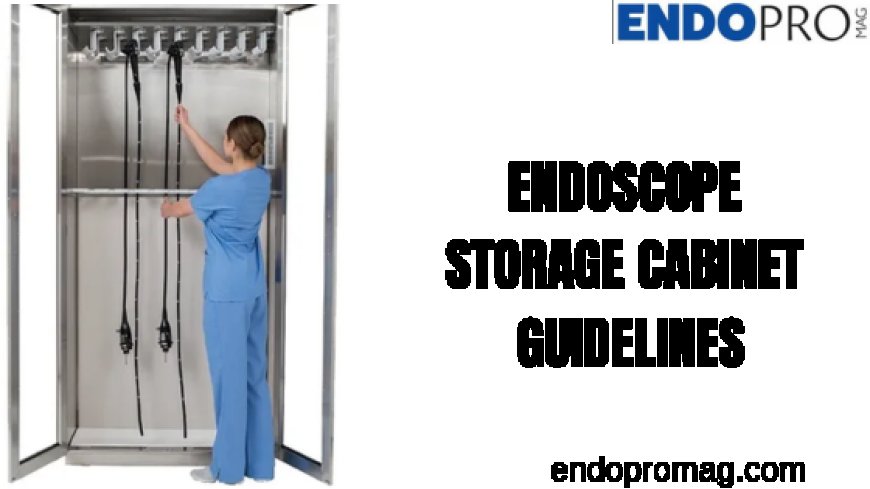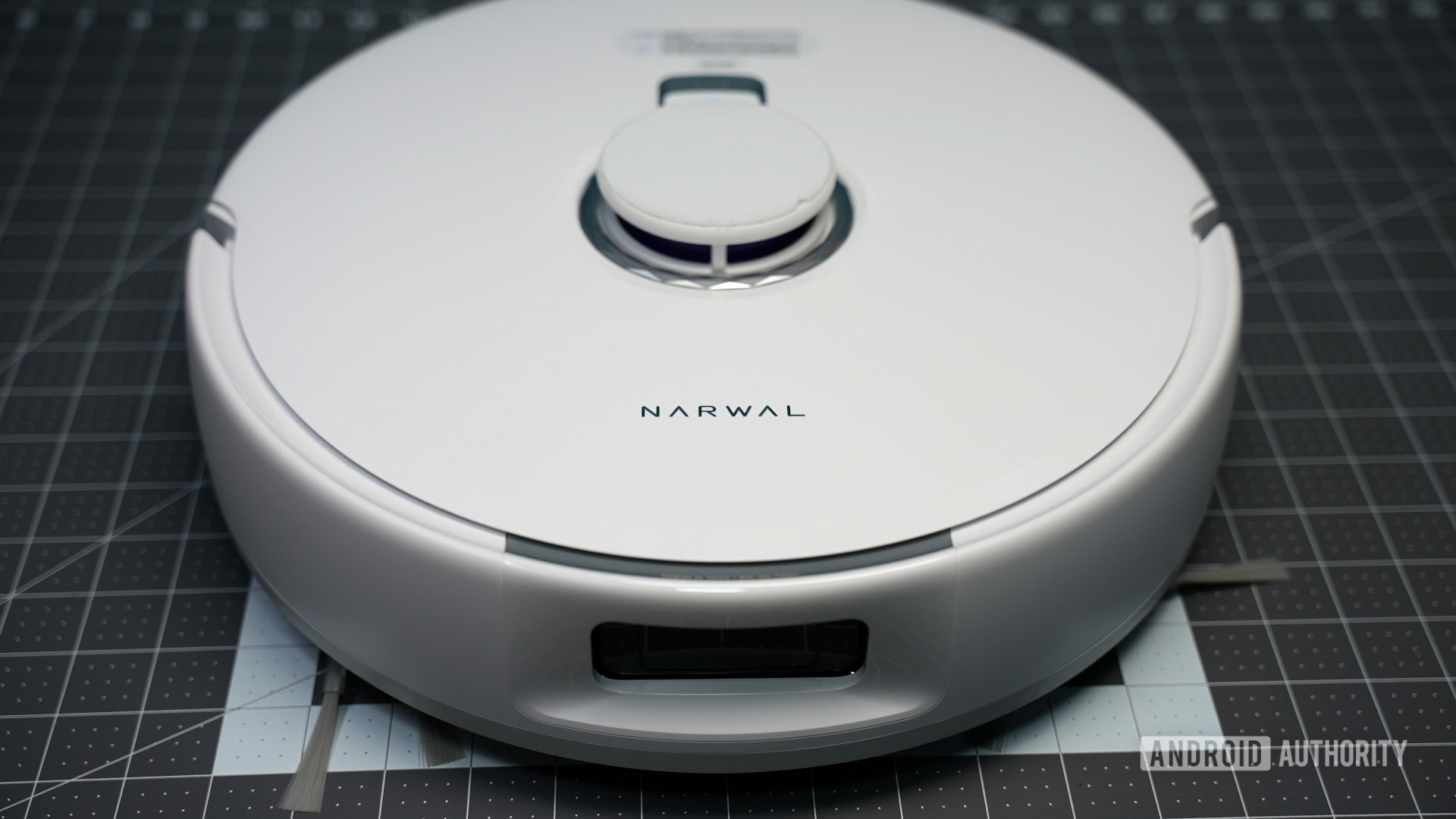Understanding Endoscope Storage Cabinet Guidelines and Compliance
Endoscope Storage Cabinet Guidelines

Endoscope storage cabinets play a crucial role in maintaining the quality and safety of medical endoscopes. Proper storage practices ensure these sophisticated instruments remain functional and free from contamination. This delves into the key endoscope storage cabinet guidelines and compliance requirements.
The Role of Endoscope Storage Cabinets
Endoscopes are advanced medical tools used to examine internal body parts. Their proper storage is essential for preserving their functionality and ensuring patient safety. A well-designed endoscope storage cabinet can significantly impact the performance and longevity of these instruments.
Essential Guidelines for Endoscope Storage Cabinets
1. Control Temperature and Humidity
One of the primary endoscope storage cabinet guidelines is to manage temperature and humidity effectively. Endoscopes are sensitive to their storage environment. Excessive heat or moisture can harm their delicate components.
· Temperature: Endoscopes should be stored at temperatures between 15°C and 25°C (59°F to 77°F). Avoid extreme temperatures to prevent damage.
· Humidity: Keep humidity levels between 30% and 60%. High humidity can cause mold growth and corrosion.
Regularly monitor and adjust the cabinet’s temperature and humidity settings to adhere to these guidelines.
2. Ensure Proper Ventilation
Good ventilation is essential to maintain a stable environment within the storage cabinet. Proper airflow helps prevent condensation, which can lead to microbial growth. Make sure your cabinet has sufficient ventilation:
· Airflow: The cabinet should include fans or vents to ensure adequate airflow.
· Positioning: Avoid placing the cabinet in poorly ventilated areas, such as against walls or in confined spaces.
Following these ventilation guidelines helps maintain a dry and clean environment crucial for endoscope storage.
3. Organize the Cabinet Effectively
A well-organized cabinet enhances efficiency in storing and retrieving endoscopes. Follow these endoscope storage cabinet guidelines for optimal organization:
· Segregation: Store endoscopes by type or procedure. Use compartments or trays to keep them separate and reduce the risk of cross-contamination.
· Accessibility: Position frequently used endoscopes where they are easily accessible to minimize handling and reduce the risk of damage.
An organized cabinet layout improves storage efficiency and helps staff quickly find the instruments they need.
4. Maintain Cleaning and Disinfection Protocols
Cleaning and disinfection are crucial for maintaining a safe storage environment. Follow these guidelines to keep your cabinet clean:
· Regular Cleaning: Clean the cabinet’s interior regularly using non-abrasive, disinfectant cleaners. Ensure all surfaces are free from dust and debris.
· Handling Endoscopes: Always handle endoscopes with clean hands or gloves. Do not place used or dirty endoscopes directly into the cabinet without proper cleaning.
Proper cleaning protocols help prevent contamination and maintain a hygienic storage environment.
5. Adhere to Compliance Regulations
Endoscope storage cabinets must comply with various health and safety regulations. Ensure you are familiar with these standards:
· Local Regulations: Review local health department regulations regarding medical instrument storage, including temperature and humidity requirements.
· Manufacturer Guidelines: Follow the manufacturer’s instructions for storing and maintaining endoscopes. These guidelines are tailored to the specific needs of the equipment.
Compliance with these regulations ensures your storage practices meet industry standards and contribute to patient safety.
6. Perform Regular Maintenance and Inspections
Regular maintenance and inspections are key to keeping your endoscope storage cabinet in good condition. Follow these guidelines:
· Routine Inspections: Regularly check the cabinet’s temperature, humidity, and ventilation systems. Address any issues promptly.
· Professional Servicing: Arrange for professional servicing if needed to check mechanical and electrical components.
Routine maintenance helps identify and resolve issues before they impact the cabinet’s functionality.
7. Implement Security Measures
Security is an important consideration for endoscope storage cabinets. Protect your equipment with these measures:
· Access Control: Use locks or restricted access areas to prevent unauthorized access to the cabinet.
· Monitoring: Install surveillance cameras or alarm systems if necessary.
Effective security measures ensure your endoscopes are protected from theft or unauthorized use.
8. Maintain Documentation and Records
Accurate record-keeping is essential for compliance and quality control. Follow these documentation guidelines:
· Storage Records: Keep detailed logs of the cabinet’s temperature, humidity, and maintenance activities.
· Endoscope Tracking: Maintain records of endoscope usage, cleaning, and inspection.
Proper documentation helps track the condition of your storage cabinet and supports compliance with regulations.
9. Provide Training and Education
Ensure that all personnel involved in handling and maintaining the endoscope storage cabinet receive adequate training. Training should include:
· Handling Procedures: Proper techniques for handling and storing endoscopes.
· Compliance Requirements: Understanding and following endoscope storage cabinet guidelines and regulations.
Ongoing education helps staff stay updated on best practices and regulatory changes, contributing to a safer storage environment.
10. Prepare for Emergencies
Have a plan for dealing with emergencies affecting the endoscope storage cabinet. This includes:
· Power Failures: Ensure the cabinet has a backup power source or emergency procedures for power outages.
· Contamination Incidents: Develop protocols for handling contamination or exposure incidents involving endoscopes.
Emergency preparedness helps minimize disruptions and protects both equipment and patients during unforeseen events.
Understanding and following endoscope storage cabinet guidelines is crucial for maintaining the quality and safety of medical endoscopes. Key aspects include managing temperature and humidity, ensuring proper ventilation, organizing the cabinet effectively, and adhering to cleaning protocols.
Compliance with regulations, regular maintenance, security measures, documentation, staff training, and emergency preparedness all play vital roles in effective endoscope storage. By adhering to these standards, you ensure your storage practices meet industry requirements, extend the lifespan of your endoscopes, and contribute to overall patient safety.
What's Your Reaction?
 Like
0
Like
0
 Dislike
0
Dislike
0
 Love
0
Love
0
 Funny
0
Funny
0
 Angry
0
Angry
0
 Sad
0
Sad
0
 Wow
0
Wow
0






















































